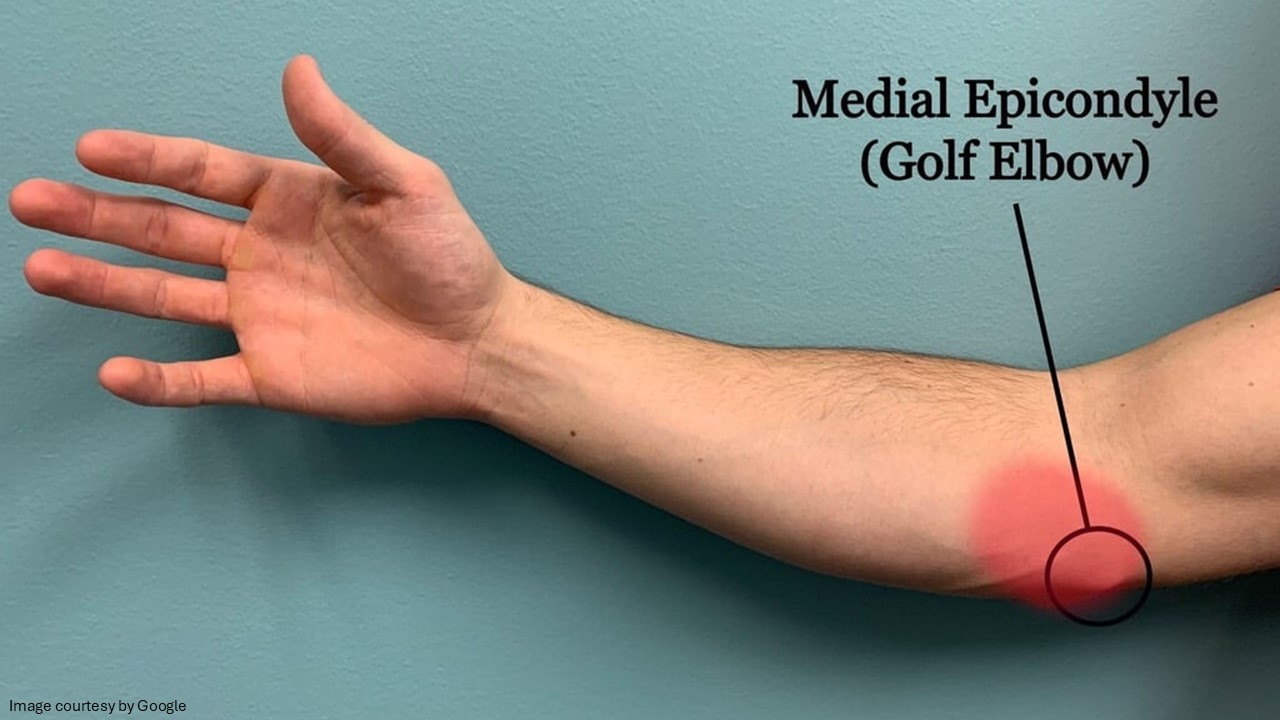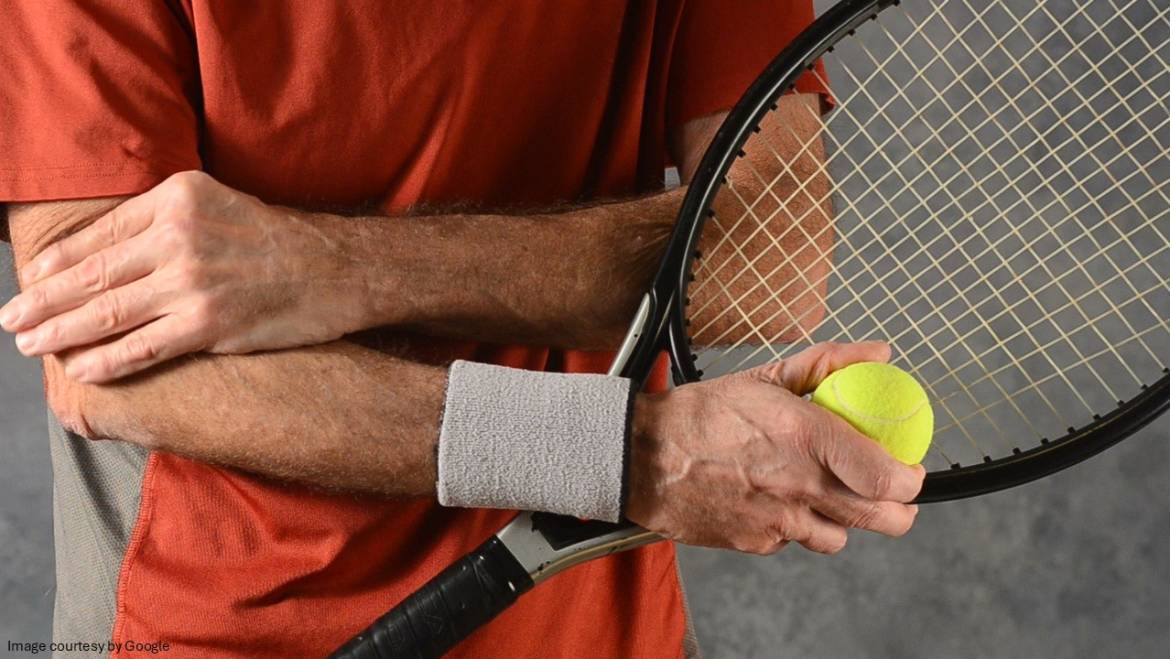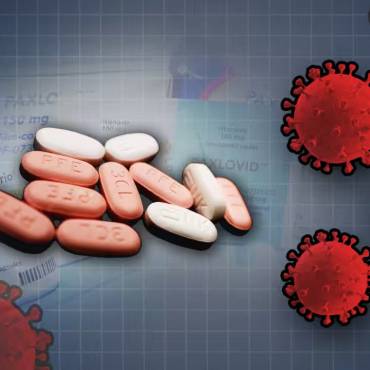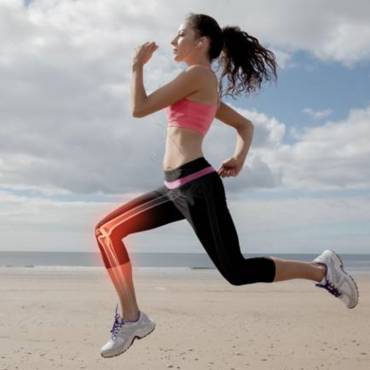How many times have you experienced intense elbow pain while playing a sport? Or perhaps, got swelling due to excessive physical activity? This is due to a tennis injury or a golfer’s elbow. This name came into existence after it was discovered that tennis and golf players faced too many injuries at the elbow. As per statistics, nearly 29% of working professionals complained of immense pain and suffered from acute tennis or golfer’s elbow.
What is tennis elbow?
Tennis elbow is a painful condition accompanied by pain, inflammation, or tearing of outside elbow tendons.
What is golfers elbow?
Golfer’s elbow, or medial epicondylitis, is an inner side pain in the elbow caused by inflammation commonly due to repetitive wrist movements.
Read on to comprehend the details of these medical conditions, such as how to treat tennis elbow. Also, find the best effective treatments for tennis and golfer’s elbow.
Also read: Preventive Measures for Arthritis Relief
External factors that contribute to tennis or golfer’s elbow
-
- The functioning of tendons
Tendons play the role of elastic in the human body. They create flexibility and help build connectivity between the tissue proteins. Once they are overused or stressed, they cause inflammation and breakdown rapidly. As you age, you observe that your body cannot produce those tissues. Hence, you experience stiffness, and the tendons can no longer rebuild stressed tissues. Even the treatment for tennis elbow turns a little tricky. An amalgamation of blood, oxygen, and nutrients would gradually enter the blood vessels and heal the tendon. This process could take around two years.
-
- The occurrence of this medical condition
Tennis elbow or golfer’s elbow can be associated with pain that appears on the outside or inside. They are medically termed lateral epicondylitis (tennis elbow) and medial epicondylitis (golfer’s elbow). They are caused by abrupt or subtle injury in the tendon area of the elbow muscles. Due to acute, chronic damage or inflammation of nerves, the soft tissues of the joints are disrupted. The pain also extends to the forearms and biceps in serious medical cases. More than 50% of sports injuries result in the breakage of the tendons. They lead to a lack of mobility, muscle imbalances, poor movements, etc.
-
- The difference between a tennis elbow and golfer’s elbow
The symptoms of tennis elbow or golfer’s elbow can be distinguished from the type of muscle pain. They are classified as medial pain and lateral pain. The muscles that allow wrist flexibility are attached to the medial epicondyle. Medial pain occurs due to ligament injuries, bone issues, and several other reasons. Golfers, footballers, weightlifters, and athletes are at a high risk. The lateral epicondyle involves pain when the muscles that extend to the wrist are wounded. Tennis players are more prone to lateral elbow pain. Even older women who perform gardening, cooking, and knitting can suffer from tennis elbow conditions.
Also read: Healthy Lifestyle Changes for Fighting Fatigue
Tennis elbow symptoms
There are a few symptoms of tennis elbow. Some of them include pain while performing a handshake with the opposite person. Squeezing objects and vigorously moving the wrist can cause further pain. At times, the discomfort increases around the elbow, and you can experience dreadful strain in your arm. Lifting heavy objects, handling utensils, or using cutleries such as knives and forks can intensify the pain.
Golfers elbow symptoms
Golfers’ elbow usually causes pain and tenderness inside the elbow, which can spread to the forearm. It causes pain when you grip, bend/twist your wrist, shake hands, or straighten your elbow.
The other Golfers elbow symptoms include a weak grip, numbness and tingling in the ring or pinky fingers, stiffness in the elbow, inflammation, and mild swelling in the elbow.

Diagnosis for tennis elbow and golfers elbow treatment
Tennis elbow or golfer’s elbow can’t be diagnosed from blood tests. The doctor would suggest that you undergo an MRI scan. This would reveal changes in tendons, muscles, bones, and ligaments. Inflammatory gels and cortisone injections are some options that work on the muscles. Extracorporeal shock wave therapy and ultrasound techniques reduce pain and boost tissue regeneration. Elbow bands decrease stress on the elbows and ease pain. Doctors advise eccentric exercises to reduce elbow pain and develop tendons.
Besides these, a few other therapies are known for healing this medical condition. Platelet-rich plasma (PRP) therapy promotes the healing of damaged tissues. Compression therapy involves a flow of blood and nutrients to the injured area. The spot is wrapped tightly with an elastic bandage or tight fabric bandages for a few minutes and then unwrapped to let the blood rush back.
Another form of recovery that physiotherapists suggest is massages, stretching, and active release therapies (ART). Nitric oxides work when placed directly on the injury. They help in the connective tissue production of the broken ligaments. Acupuncture, Botox, and Corticosteroids are other medications proposed for treating tennis and golfer’s elbow. If the different treatments for tennis elbow do not show any hints of improvement, then the last alternative would be surgery. The doctor would advise this only in rare cases after performing auto-biopsies. Some patients could be suffering from other medical conditions as well. As a result, the treatments are performed accordingly.
Also read: Understanding Cholesterol
Eat the right food to promote tendon health
Apart from the treatments, it is important to consume the right food to support the treatment for tennis elbow and golfer’s elbow. The diet should contain proteins that build and repair the wrecked tissues. Consume plenty of vegetables, fruits, vitamins, and minerals. Increase the quantity of anti-inflammatory foods and supplements such as ginger, omega-3, and turmeric. Vitamin C, A, copper, and zinc should be increased in your regime. Avoid inflammatory or allergic foods. Consume the following foods for a quicker recovery:
-
- Omega-3 acids: walnuts, flax, chia, fish and marine oils
- Flavonoids: garlic, pineapple, berries, cocoa, tea and turmeric
- Vitamin C: red bell and green bell peppers, strawberries, guava, grapefruit, kohlrabi, papaya, brussels sprouts, kiwi, mango and oranges
- Vitamin A: carrots, sweet potato, spinach, pumpkin, collards, kale, watercress, and beets
- Zinc and copper: mushrooms, spinach, sesame seeds, pumpkin seeds, green peas, barley, soybeans, oysters, lobster, and crab
Smart ways to reduce stress on the tennis elbow
Why do you have to wait for the occurrence of injuries and then rush for treatment of your tennis elbow? It is always beneficial to practice measures that prevent such injuries. Use a safety bar squat or cross-arm front squat during workouts to reduce elbow stress. Focus on exercises that evenly distribute weight on all the muscles. If you are in pain while exercising, avoid performing those particular tasks. Keep varying activities and movements to avoid stiffness. Use elbow bands for support during workouts. Monitor your body posture. Hunched shoulders may lead to shoulder and elbow pain.
Avoid sitting in a single posture for hours. Keep changing positions and try to maintain a comfortable stance. Get massage therapies regularly and work on improving your flexibility. Plan a food journal and track the inflammation and symptoms of tennis elbow.
You must take charge of your health and take all the necessary precautions to avoid injuring yourself. These injuries are unbearable and can drain your energy. Try to sip plenty of water throughout the day. Water prevents rigidity in the muscles and promotes flexibility in the joints. Apply pieces of ice to minor bruises and injuries. If you face excessive pain, visit the doctor immediately.
Also read: Are you Low on Energy? Keep a full glass of water in hands and enjoy the benefits of drinking water!



